Table of Contents
ToggleGeometry has a significant role in Islam due to the many prohibitions on using human or natural forms since Islamic geometric patterns have been used for artistic and decorative purposes. It is regarded as one of the three nonfigurative styles of ornamentation in Islamic art, the others being calligraphy and vegetal patterns. The most important component of Islamic decoration and art is calligraphy, and geometry is revered as a holy art form.
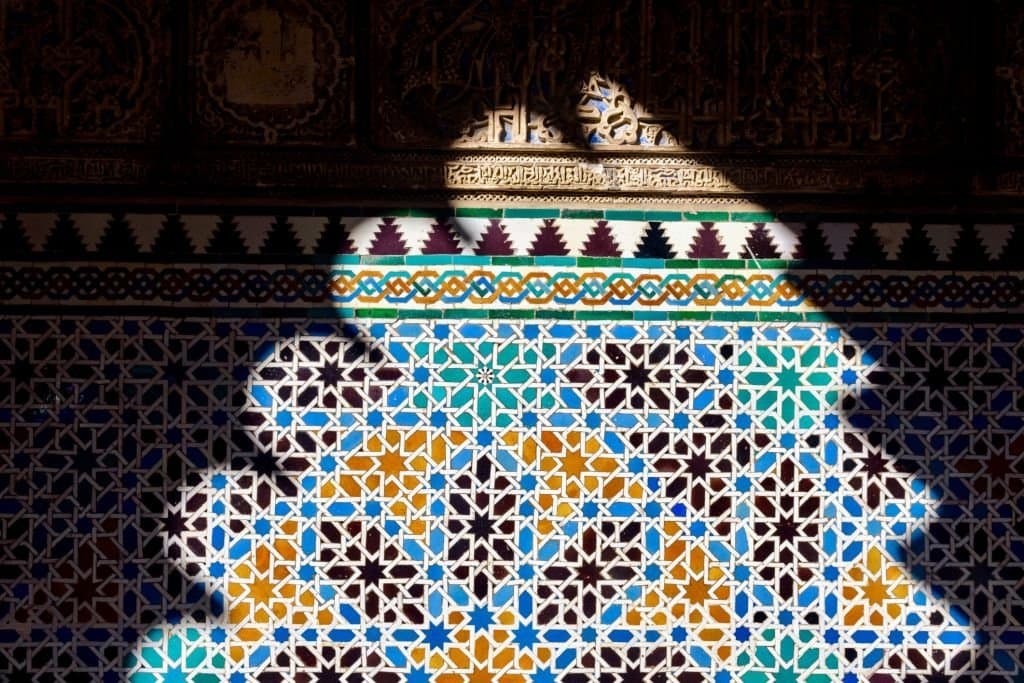
Geometric patterns have been used for ages and have developed with time and location. Isolated geometric shapes, such as 8-pointed stars and lozenges incorporating squares, were among the first geometrical forms in Islamic art. They originated at the Great Mosque of Kairouan, Tunisia, in 836 and have since spread across the Islamic world. These designs demonstrate not only the aesthetic sensibilities of the craftspeople but also the Islamic community’s exceptional geometric abilities and comprehension. They demonstrate that no matter how sophisticated and complex these designs are, they are always built on basic grids. This article examines the evolution of Islamic geometrical patterns based on surviving structures from various places.

Geometric patterns have been used for ages and have developed with time and location. Isolated geometric shapes, such as 8-pointed stars and lozenges incorporating squares, were among the first geometrical forms in Islamic art. They originated at the Great Mosque of Kairouan, Tunisia, in 836 and have since spread across the Islamic world.
The evolution of geometric patterns in Islamic dynasty
In Islamic geometrical designs, the circle is the ultimate foundation of all creation and stands in for the idea of oneness. The extension and natural split of this key figure into regular divisions create various patterns including the triangle, square, and hexagon, three vital figures.
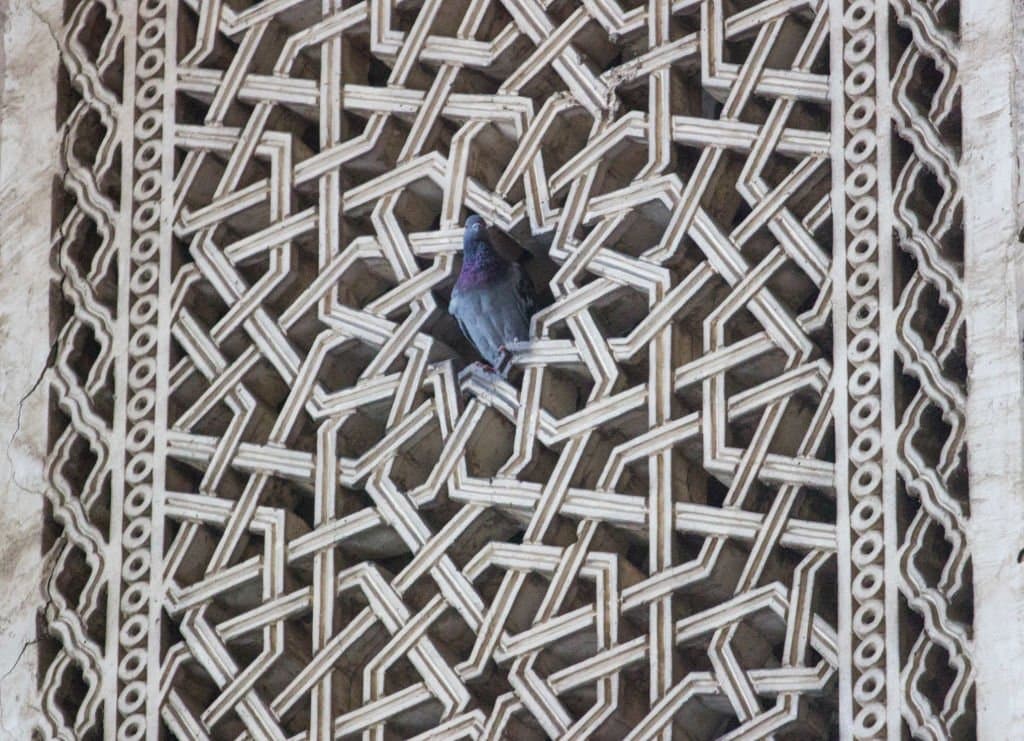
In the 8th and 9th centuries, scientific and technical knowledge grew among Muslims in the Middle East, Central Asia, and Iran; therefore, geometric development in Islamic art and architecture can be noticed. During the 10th century, Muslims made substantial unique contributions to science; this was especially evident in the intricate discipline of geometry.
The following dynasties made significant contributions to the growth and molding of Islamic art and architecture:
• Umayyad Dynasty (661 to 750 CE)
• Abbasid Dynasty (750 to 1258 CE)
• Seljuk Dynasty (1038 to 1194 CE)
• Fatimid Dynasty (909 – 1171 CE)
• Mamluk Dynasty (1250 to 1517 CE)
• Ottoman Empire (1290 to 1923 CE)
• Safavid Empire (1501 to 1736 CE)
• Mughal Empire (1526 to 1858 CE)
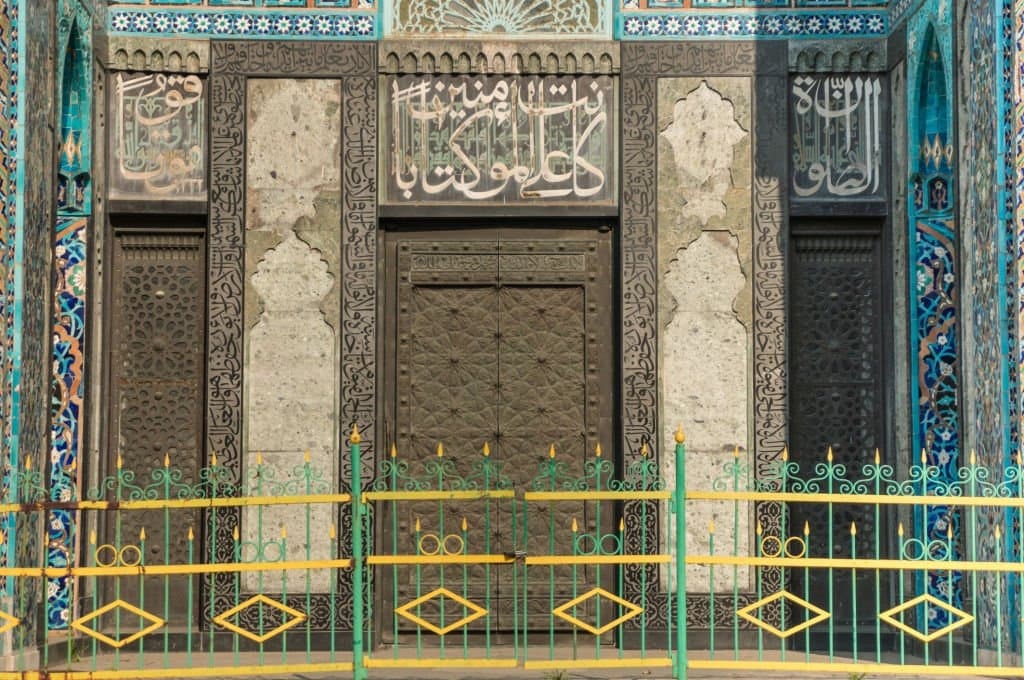
The Umayyad Caliphs created the first Arab kingdom in modern-day Syria. Mosques and palaces were the backbones of Umayyad architecture, which drew heavily on the styles developed in the Byzantine and Sassanian empires. Islamic architecture began to include Sassanid and Byzantine vegetative and floral designs around the end of the 7th and beginning of the 8th century. The Dome of the Rock in Jerusalem is one of the earliest and most recognizable structures associated with their dominion (late 600s CE).
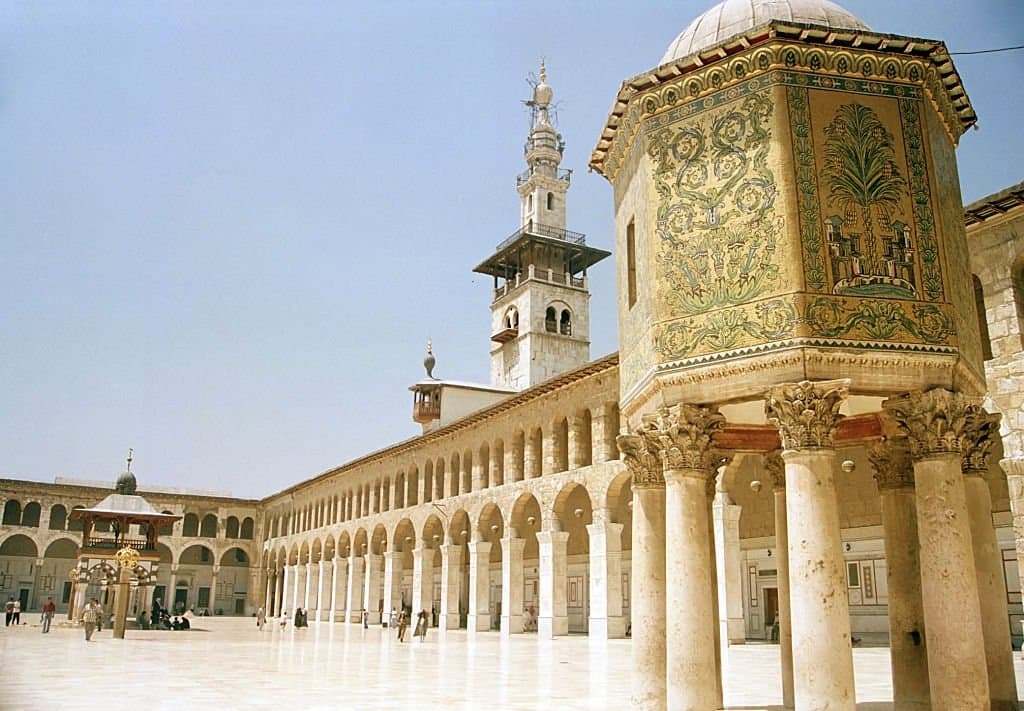
Following the Umayyad Empire, the Abbasid Empire expanded. Ornamental works in architecture rose in favor, leading to the adoption of cutting-edge methods and more abstract designs. Frescos, stone and wood sculptures, brickwork, stucco, and terracotta were employed widely. An outstanding example of Abbasid-Aghlabid architecture is the Great Mosque of Kairouan (Tunisia), which was first constructed in 670 CE and then restored in 836 CE. The decorations on this structure are mostly made of vegetal and floral designs, while some simple geometrical forms are also present.
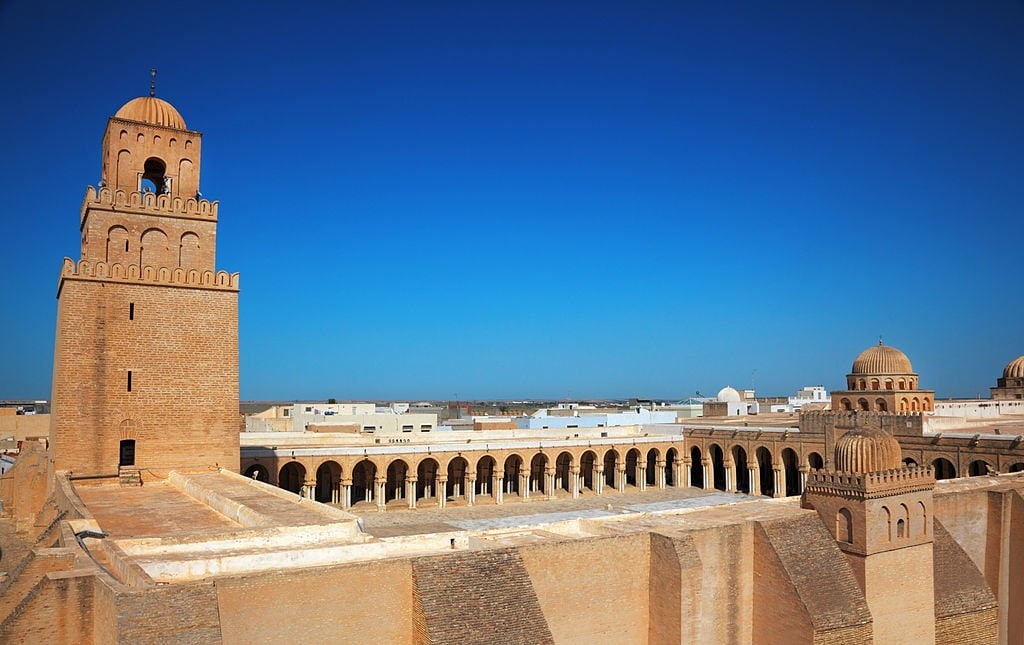
By the end of the eighth century, geometrical forms had begun to appear on surfaces, although solely as ornamental components. The first artistic movement started with Seljuks. The Seljuks worked hard to turn their ornamentation from floral and figural to geometrical, and their architecture is full of geometrical patterns.
The Fatimids erected the first mosque and Madrasa in Cairo, Al-Azhar Mosque (970-972 CE). Like the Seljuks, the Fatimid Dynasty used six-point stars in their architecture, although they were more solitary or sculptural and always directed to a focal point.
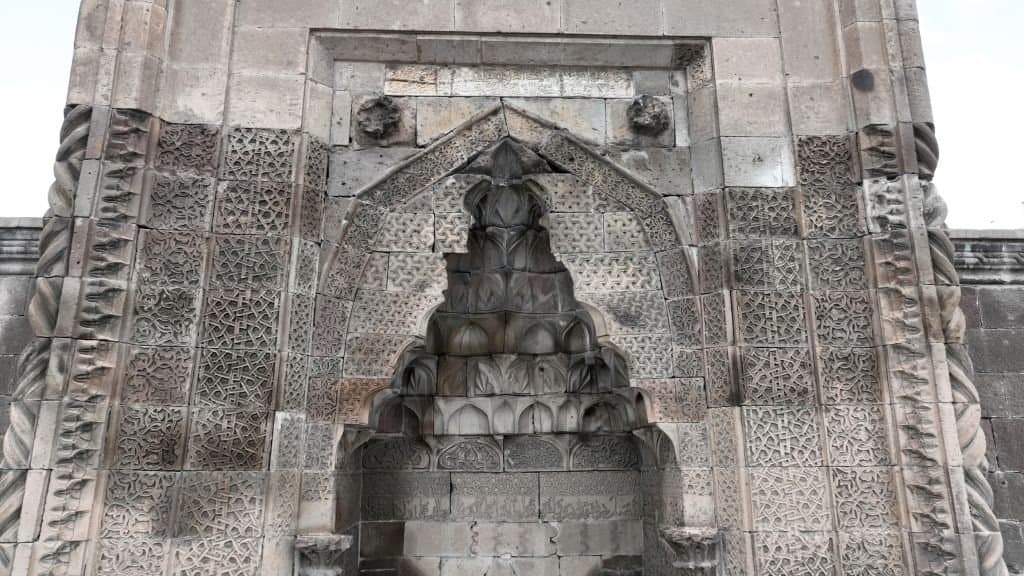
The second artistic movement was Mamluk architecture (1250–1517 CE). The Mosque of Baybar (1267 CE) is one of the oldest structures constructed in Cairo by the Mamluks. This structure has just window grilles with 12-point designs like the Kharaghan tombs in Iran. Safavid builders adorned both religious and secular structures with geometrical decorations. The Ali-Qapu Palace in Isfahan (1598 CE) has 8- and 10-point designs on its high columned balcony and is a nonreligious edifice with geometrical patterns.
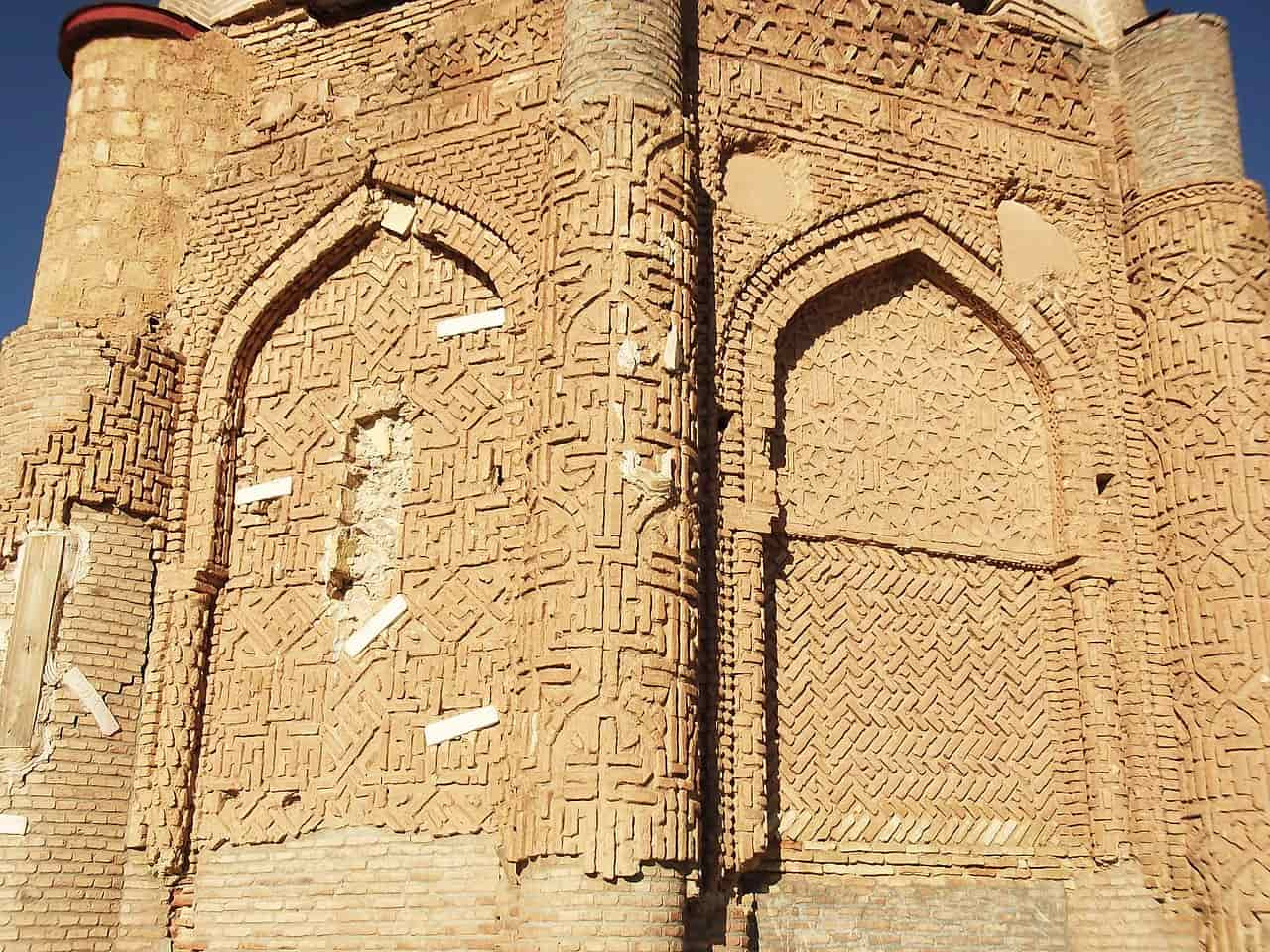
Conclusion
Throughout the history of Muslim art and architecture, all empires have concentrated on buildings and their ornamentation. Art and architecture are always seen as important aspects of an empire since they show its power, riches, and prosperity.
